Tokyo Studio 2024
TEXT by Sarah Tang and Will Galloway
With professor Will Galloway, undergraduate students in the third and fourth year joined an abroad design studio that gave students the opportunity to research and design subway stations and their infrastructure in Toronto and Tokyo, Japan.
The fourth year option studio asked students to conduct research on Toronto’s rapidly growing population and Tokyo’s aging (and shrinking) population. Building on that work students were asked to develop designs that challenged the organization of current stations in both cities and to rethink their use and function when treated as destinations and not just as a point of passage.
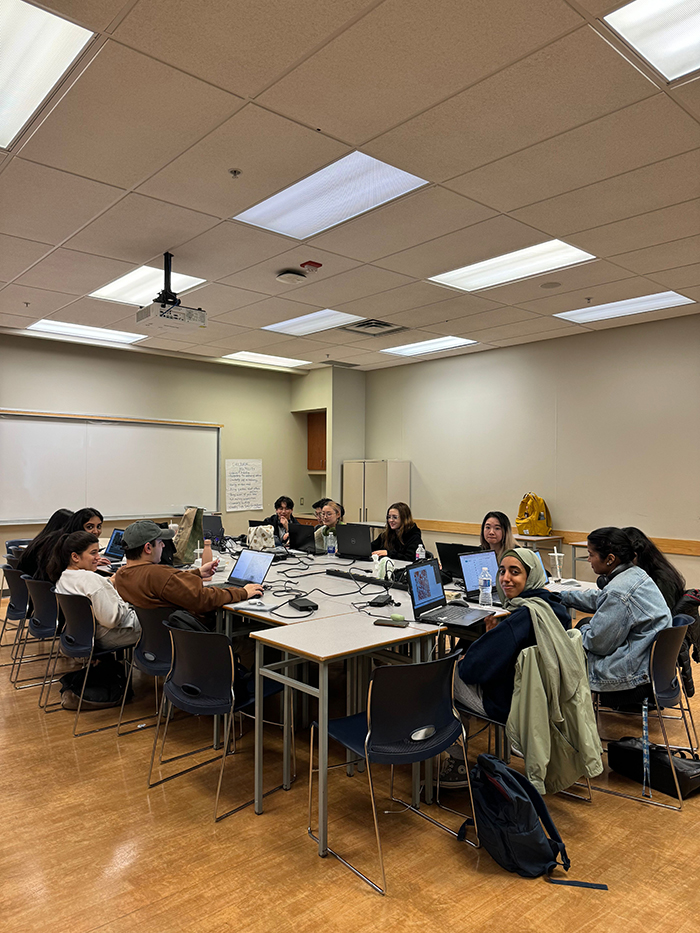
Students working in a classroom in the SHE building, by Will Galloway
The first part of the course took place in Toronto during May for roughly a month. During this time students collected, interpreted and presented data as they developed first concepts.
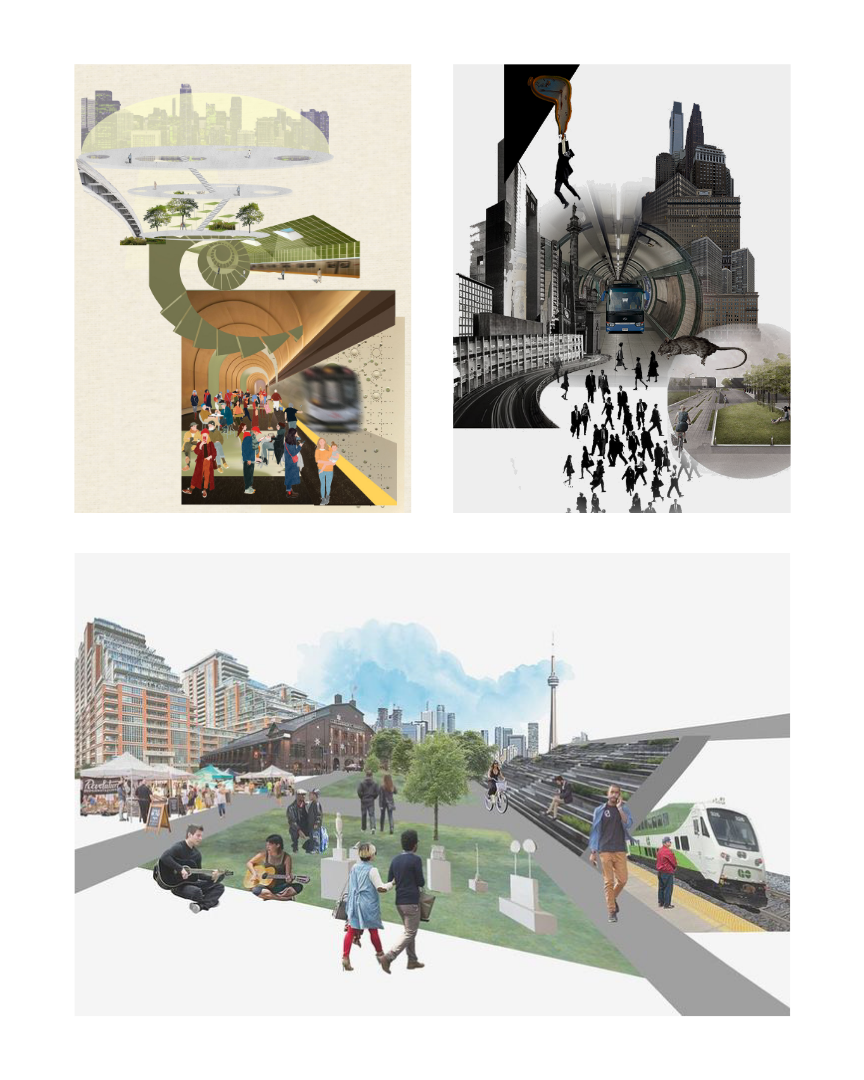
Concept collages by Alia Bahomed and Sarah Tang, Sonia Adams, and Chloe Yuen
Guest lectures from urban planners including Naama Blonder, Oliver Hartleben and Haji Nakamura (from Toronto), and Christian Dimmer, and Wanglin Yan (from Tokyo) helped inform working concepts. These were fine tuned through a series of discussions within the classroom, a firm visit to Arcadis, and individual site visits to Pape, Bloor-Yonge station on the Bloor Danforth Line, and the Ontario Exhibition Center station on the Ontario Line.
Visiting ARCADIS was a great opportunity to learn about innovative approaches to urban development using different technologies…
Image of Tokyo International Forum by Alia Bahomed
Image of Louis Vuitton building in Ginza by Alia Bahomed
Image of Azabudai Hills by Alia Bahomed
The second part of the course took place in Tokyo, Japan for the first two weeks of June. Students stayed in Yoyogi Park, in the heart of the city. A series of excursions led by Will Galloway and local guest experts gave students the opportunity to conduct research in person at several neighborhoods in the city, including Kyobashi, Shinagawa, and Shinjuku.
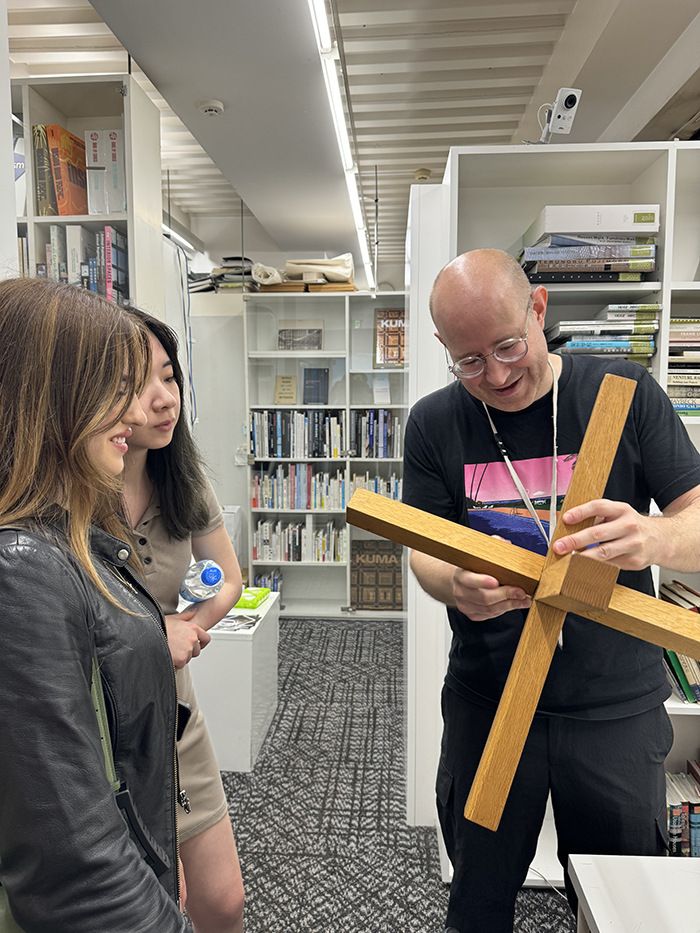
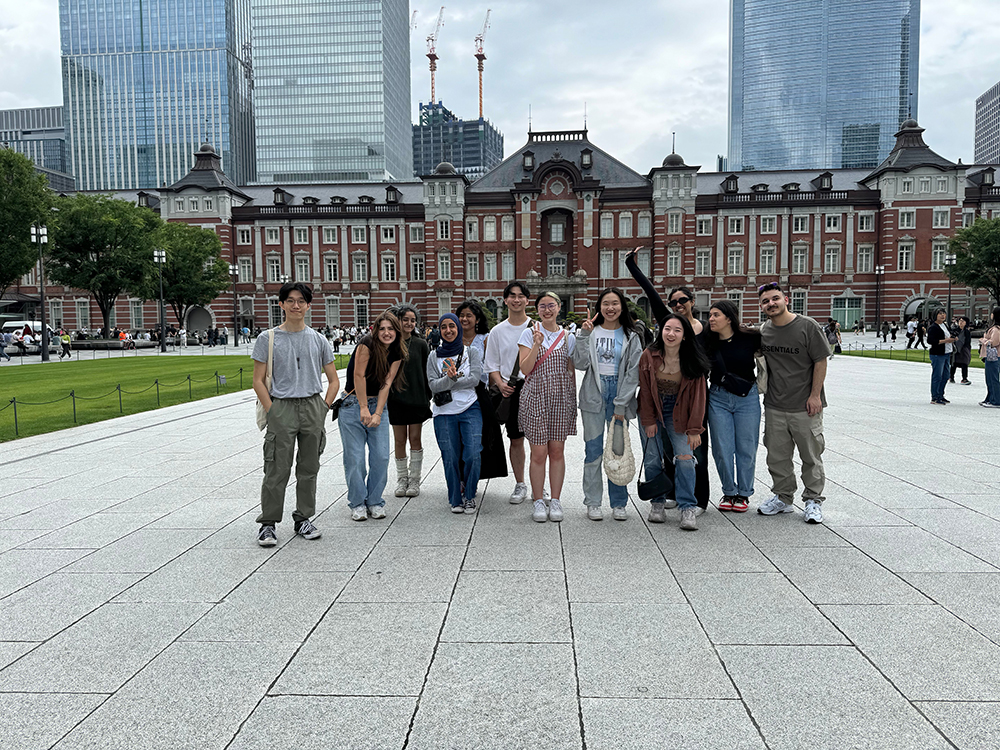
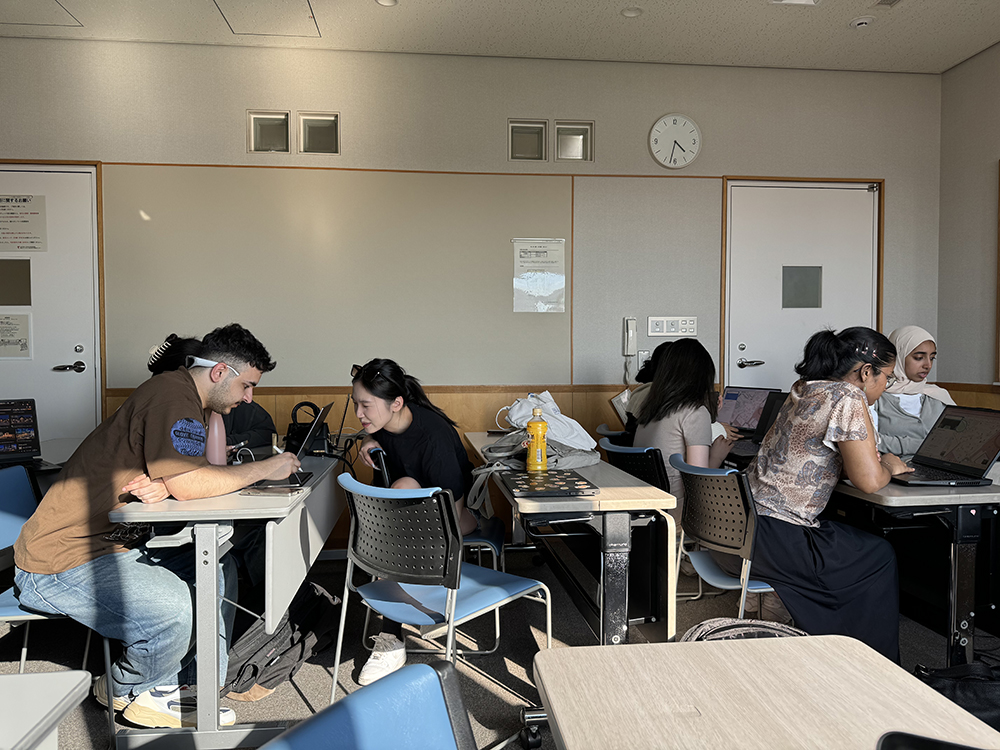
Exploring the city on foot and watching how people lived their daily lives around the stations helped students develop concepts and support design decisions. And importantly they could see the difference good design makes on quality of life in a city.
It encouraged me to focus on intent … every element in a design should have a meaning.
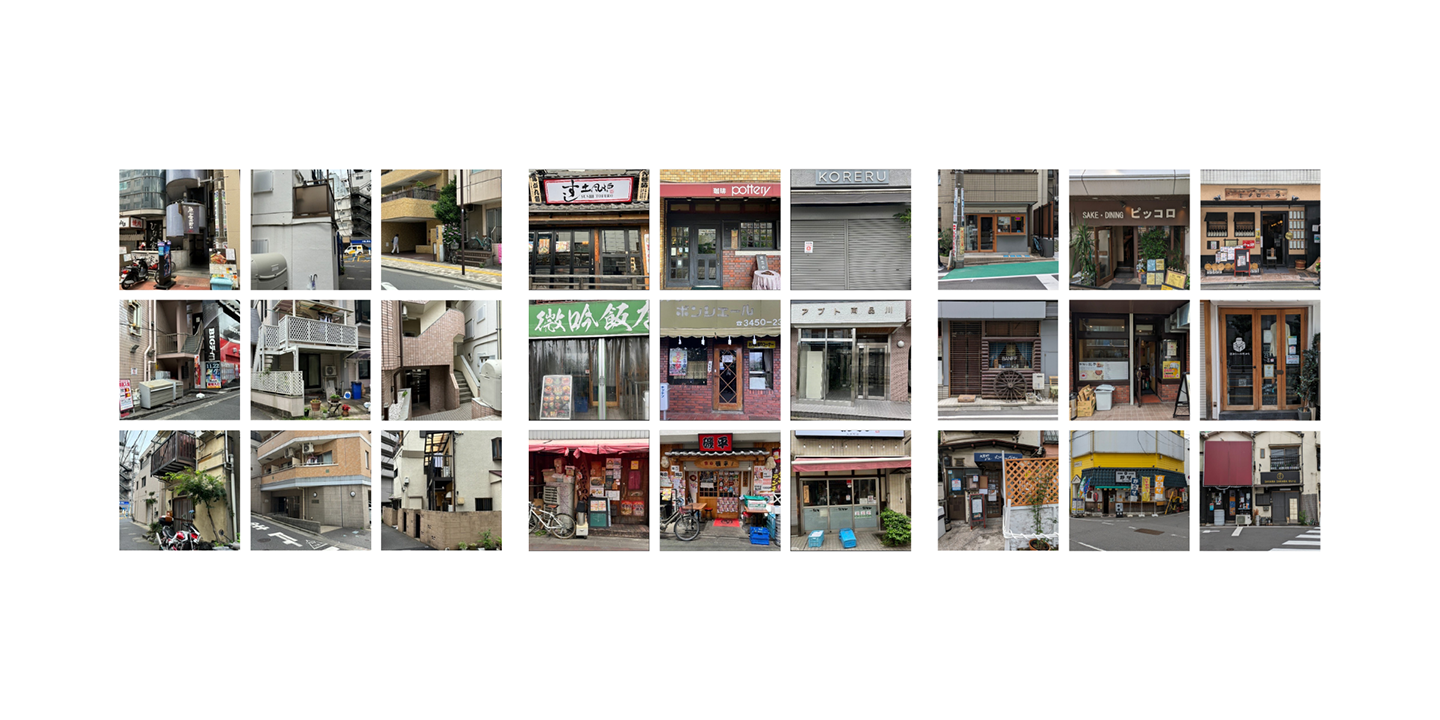
Becker’s collage by Druti Sood, Sonia Adams, and Noah Fong
It wasn’t all train stations. Students also visited museums, historic sites, and gardens, including a trip to Kanazawa, two and a half hours from Tokyo, and a one night stay at a traditional Japanese house.
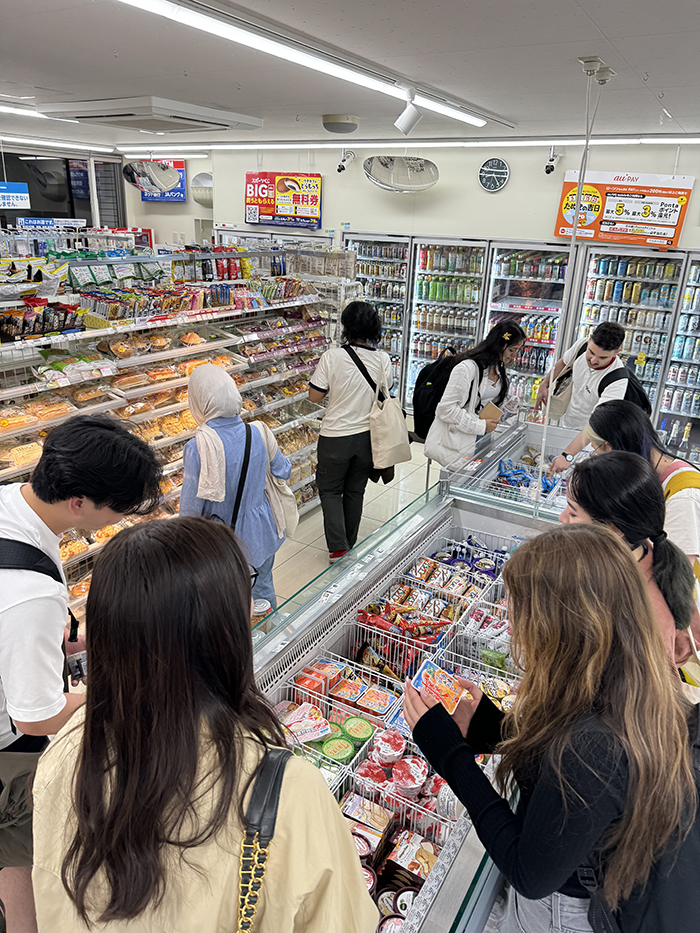
Snack time at Lawsons in Toyama, by Will Galloway
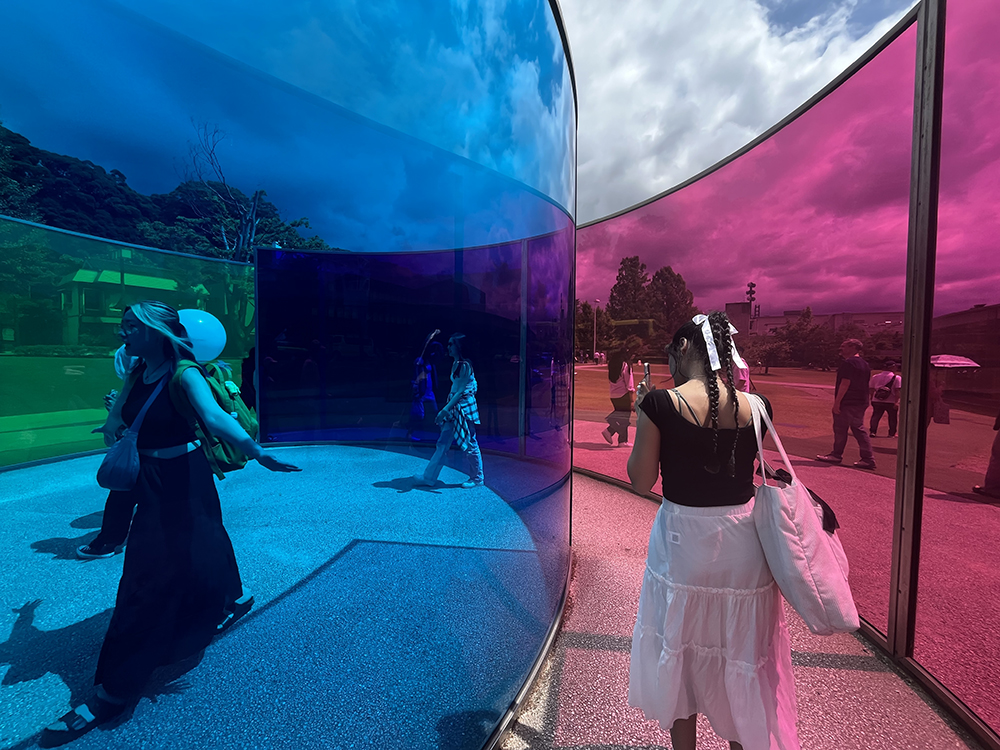
Pavilion outside the 21st Century Museum of Contemporary Art in Kanazawa by Sarah Tang
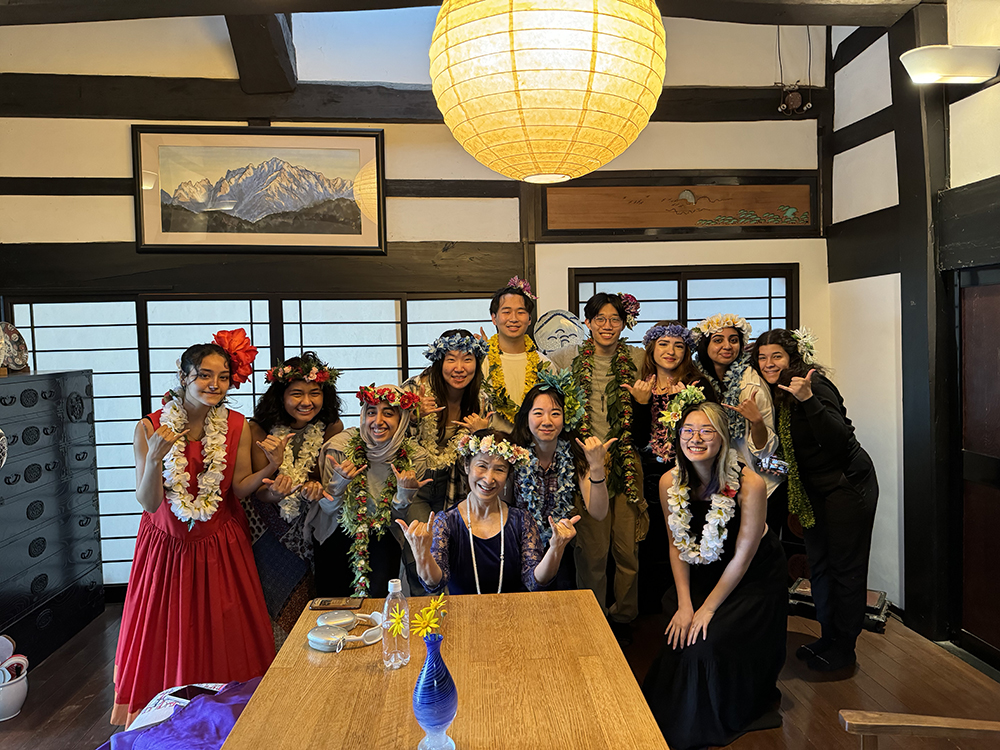
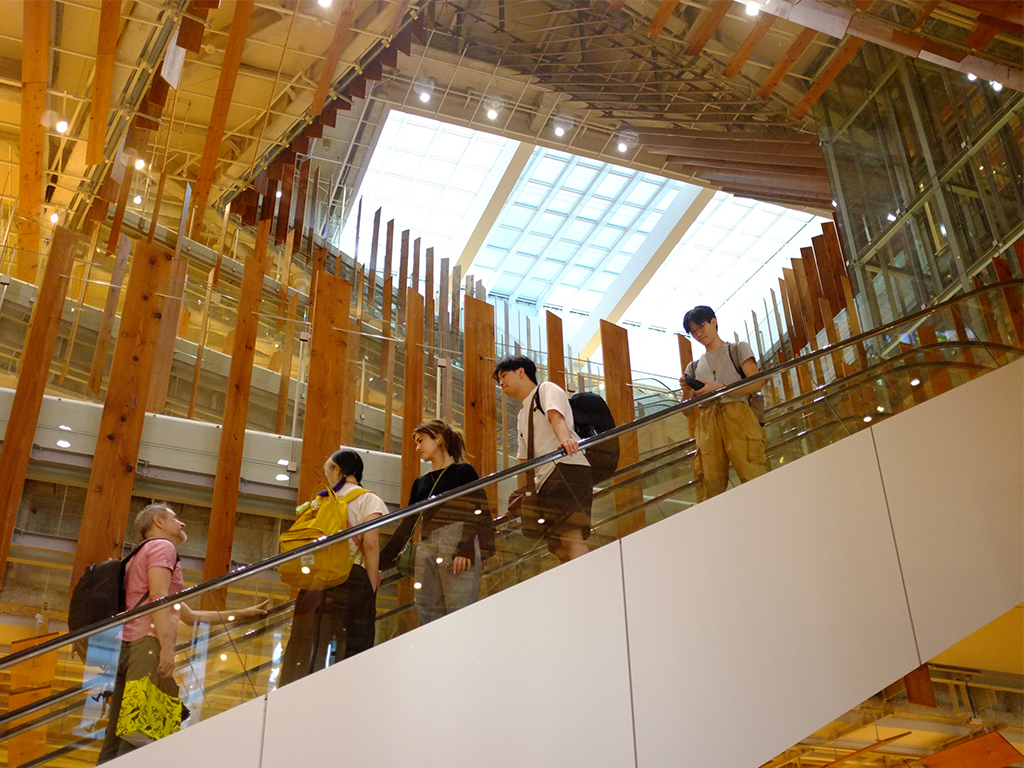
These trips gave students a more holistic perspective on the culture, attitudes, and people that helped shape the architectural forms of the spaces they were exploring.
[It’s] something you cannot feel from just an image … to actually see it and feel it … [taught us] to design a space that is capable of speaking to its users.
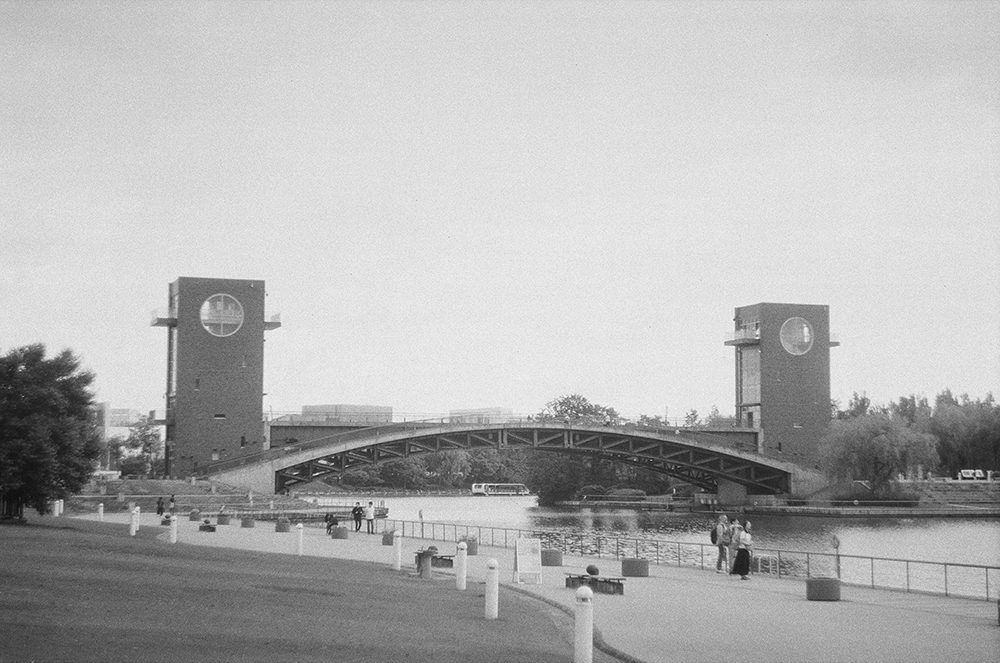
Film photo of Tenmon Kyo Bridge in Toyama by Emmet Abdulhadi
The studio abroad to Tokyo, Japan is one of several international learning opportunities offered at the Department of Architectural Science. To learn more, read this article on Global Learning.
Images courtesy of Will Galloway, Emmet Abdulhadi, Alia Bahomed, and Sarah Tang
Support for the studio from Arcadis IBI Group, and from Keio University made the studio possible. We are indebted to both organizations for their help and commitment to the students.